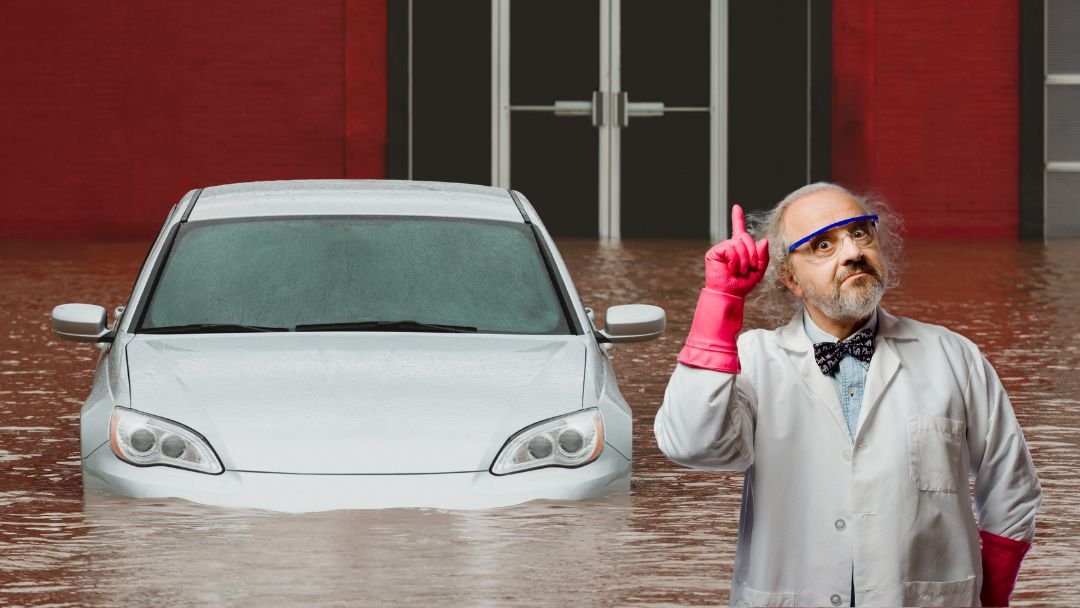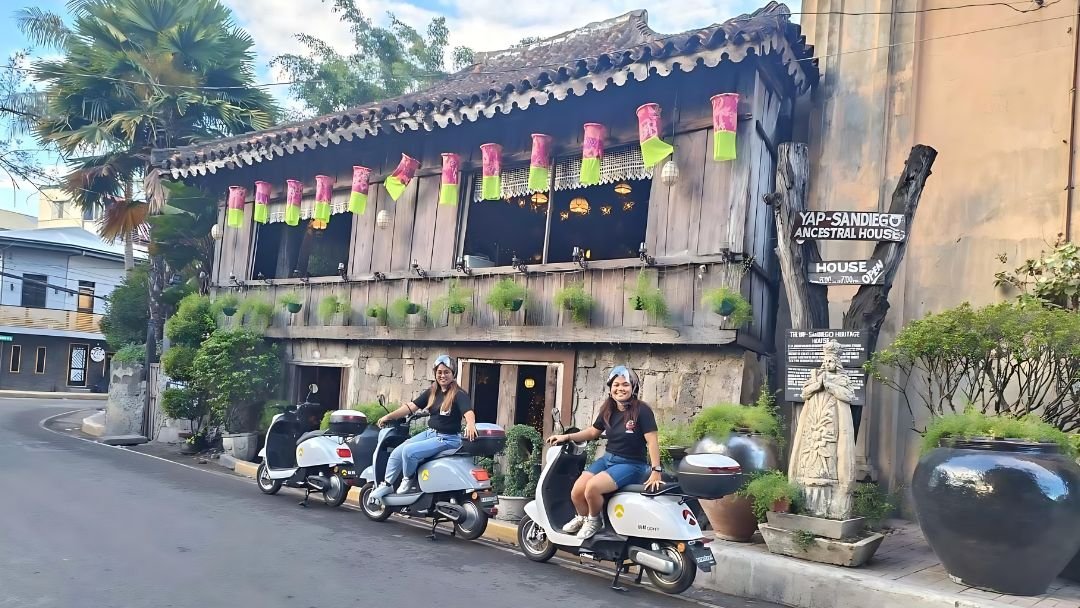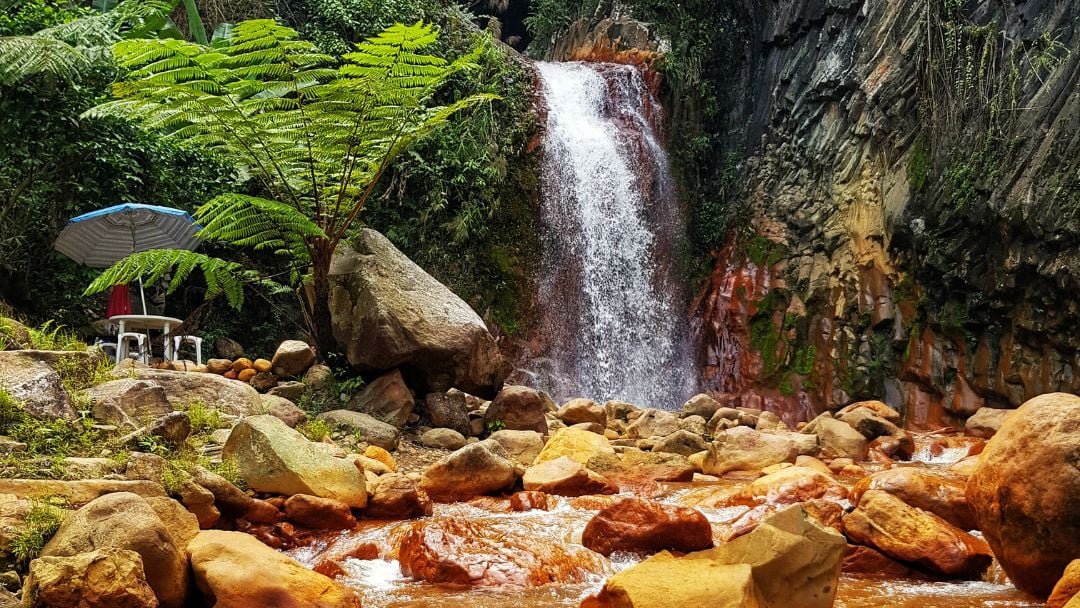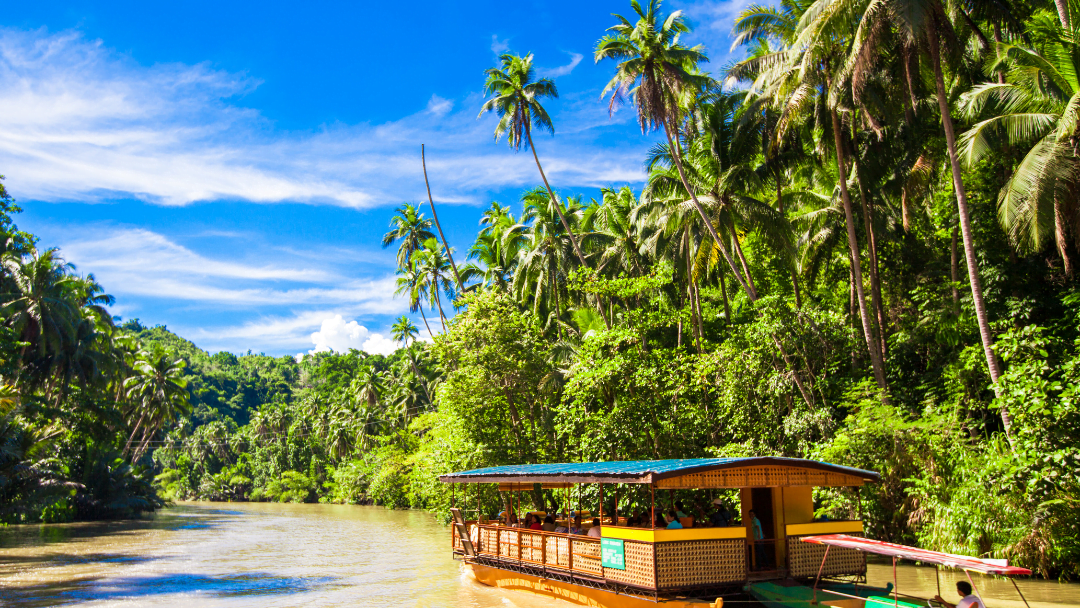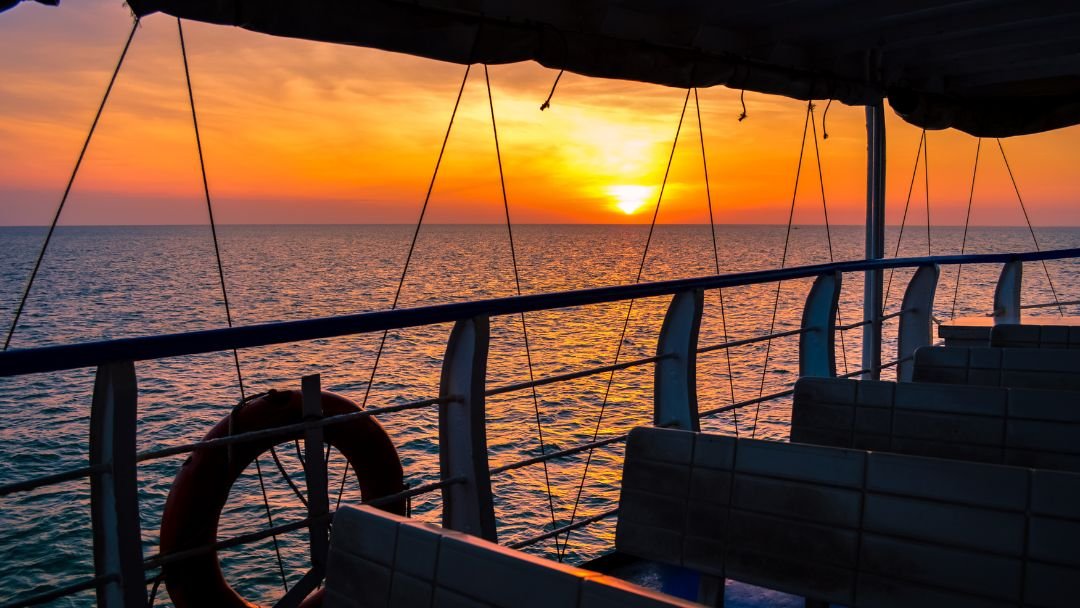When it comes to traveling and exploring the beautiful islands of the Philippines, understanding the local weather patterns is essential. As a valued customer of Saferide Car Rental, we want to ensure that your trip is not only comfortable but also safe. In this article, we will delve into the fascinating world of Philippine weather, providing you with valuable insights and tips to make the most of your journey. So buckle up, relax, and let’s navigate through the weather conditions of this tropical paradise.
The Climate Zones of the Philippines
The Philippines is located in Southeast Asia and is known for its diverse climate zones. There are four major climate types in the country: Type A, Type B, Type C, and Type D. Each climate zone has distinct weather characteristics and patterns.
Type A: Tropical Rainforest Climate
Type A climate zones are found in the eastern parts of Luzon, Mindanao, and some parts of Visayas. These areas experience high rainfall throughout the year, making them lush and rich in biodiversity.
Type B: Tropical Monsoon Climate
Type B climate zones cover most of the country, including Manila and popular tourist destinations. These areas have distinct wet and dry seasons, with more pronounced rainfall during the wet months.
Type C: Subtropical Climate
Type C climate zones are found in highland areas such as Baguio and Tagaytay. These areas have cooler temperatures due to the elevation, making them popular retreats from the heat.
Type D: Dry Climate
Type D climate zones are found in the western parts of the country, particularly in Palawan and parts of Mindanao. These areas experience very little rainfall throughout the year and have a dry and arid landscape.
The Tropical Monsoon Climate
The tropical monsoon climate is the most prevalent climate type in the Philippines. It is characterized by two distinct seasons: the dry season and the rainy season.
Dry Season: The Best Time to Visit
The dry season in the Philippines typically begins in November and lasts until April. During this period, the weather is generally warm and sunny, making it an ideal time to explore the country. Popular tourist destinations such as Boracay, Palawan, and Cebu experience an influx of visitors during this time.
Rainy Season: Prepare for Showers
The rainy season in the Philippines starts in June and extends until October. This period is characterized by frequent rain showers and occasional thunderstorms. It is important to note that rainfall patterns can vary across different regions, with some areas experiencing heavier rainfall than others.
Typhoons: Staying Safe During Storms
The Philippines is located along the Pacific Typhoon Belt, making it susceptible to typhoons. Typhoons are powerful tropical cyclones that can bring strong winds, heavy rainfall, and storm surges. It is crucial to stay informed about typhoon warnings and follow the instructions of local authorities during these times. Saferide Car Rental advises customers to avoid driving during severe weather conditions and to seek shelter in safe locations.
Local Weather Forecast: Where to Find Reliable Information
To stay updated on the weather conditions during your trip, it is essential to have access to reliable weather forecasts. The Philippine Atmospheric, Geophysical, and Astronomical Services Administration (PAGASA) is the government agency responsible for providing weather information. You can visit their website or listen to radio and television broadcasts for the latest updates.
Weather-Related Considerations for Driving in the Philippines
If you plan to rent a car and drive around the Philippines, there are a few weather-related considerations to keep in mind. During the rainy season, roads can be slippery, and visibility may be reduced. It is advisable to drive with caution, maintain a safe distance from other vehicles, and use headlights when necessary. In case of heavy rain or flooding, it is best to find alternative routes or postpone your travel until the weather improves.
Packing Tips for All Seasons
Regardless of the time of year, there are essential items you should pack when visiting the Philippines. These include lightweight and breathable clothing, comfortable footwear, sunscreen, insect repellent, a hat or cap, and a waterproof jacket or umbrella. It is also a good idea to bring a power bank for your electronic devices, as power outages may occur during severe weather conditions.
Popular Destinations and Their Weather Patterns
Different destinations in the Philippines may have distinct weather patterns. Here are some popular tourist spots and their typical weather conditions:
- Boracay: Known for its pristine white beaches, Boracay enjoys a tropical climate with a dry season from November to April and a rainy season from June to October.
- Palawan: Home to stunning landscapes and the renowned Puerto Princesa Underground River, Palawan experiences a tropical climate with relatively even rainfall throughout the year.
- Cebu: With its vibrant city life and breathtaking beaches, Cebu has a similar climate to Boracay, with a dry season from November to April and a rainy season from June to October.
Weather-Proofing Your Itinerary
To ensure a smooth and enjoyable trip, it is essential to factor in the weather when planning your itinerary. During the rainy season, consider indoor activities or destinations that are less affected by the weather. On the other hand, the dry season offers the perfect opportunity to explore outdoor attractions and engage in water activities.
Embracing the Rain: Activities for a Wet Day
While rainy days may alter your original plans, they present unique opportunities to experience the local culture and engage in indoor activities. You can visit museums, art galleries, or indulge in a culinary adventure by trying local delicacies in cozy cafes and restaurants.
Sunshine Delights: Exploring Under Clear Skies
When the sun is shining, take advantage of the beautiful weather to explore the stunning landscapes and pristine beaches that the Philippines has to offer. Whether it’s snorkeling in crystal-clear waters, hiking to breathtaking viewpoints, or simply relaxing on the beach, there are countless ways to enjoy the sunshine.
Weather Apps and Gadgets: Stay Informed on the Go
In the digital age, staying informed about the weather is easier than ever. There are numerous weather apps and gadgets available that provide real-time updates and forecasts. Some popular apps include AccuWeather, The Weather Channel, and Weather Underground. Make sure to download a reliable weather app before your trip to stay prepared.
Climate Change and its Impact on Philippine Weather
Climate change is a global concern, and the Philippines is not immune to its effects. Rising temperatures, changes in rainfall patterns, and more frequent extreme weather events are among the impacts observed. It is important to support sustainable practices and minimize our carbon footprint to mitigate the effects of climate change.
Understanding Philippine weather patterns is crucial for a safe and enjoyable trip. By familiarizing yourself with the climate zones, knowing the difference between the dry and rainy seasons, and staying informed about typhoon warnings, you can make informed decisions during your journey. Remember to pack accordingly, plan your itinerary with weather considerations in mind, and embrace the beauty of the Philippines, regardless of the weather.
How hot does it get during the hot dry season?
During the hot dry season, temperatures in the Philippines can reach up to 35 degrees Celsius (95 degrees Fahrenheit) or higher, especially in lowland areas.
Are typhoons common in the Philippines?
Yes, typhoons are relatively common in the Philippines, particularly during the rainy season. It is advisable to stay updated with weather forecasts and follow any safety advisories issued by local authorities.
Is it possible to visit the Philippines during the rainy season?
Yes, it is possible to visit the Philippines during the rainy season. However, be prepared for occasional rain showers and plan indoor activities as a backup.
Does the weather vary significantly between the different regions?
Yes, the weather conditions can vary significantly between different regions in the Philippines. Factors such as monsoons and geographical location influence the climate in each area.
What are some popular indoor activities during the rainy season?
During the rainy season, you can explore indoor attractions such as museums, art galleries, and shopping malls. You can also indulge in spa treatments or enjoy local cuisine at indoor restaurants.

